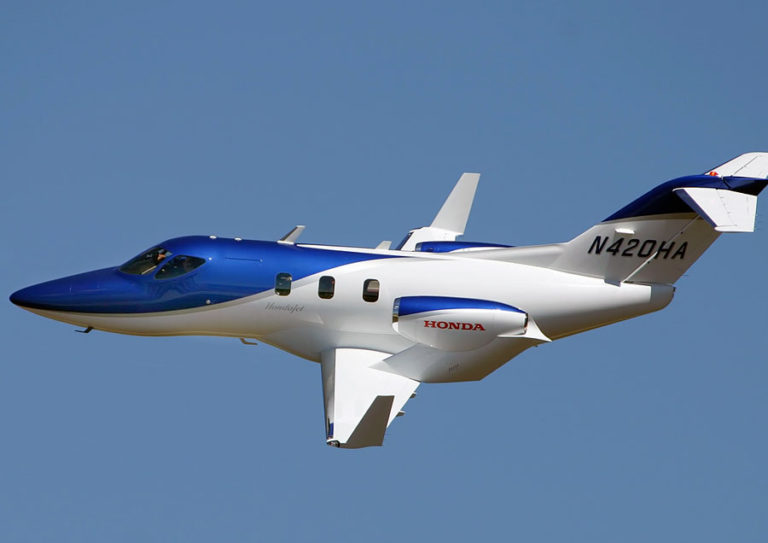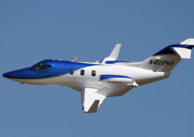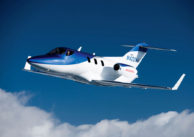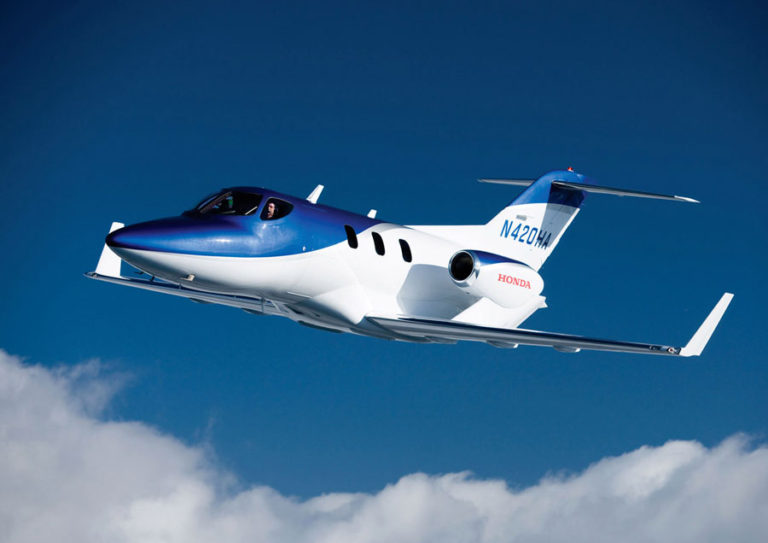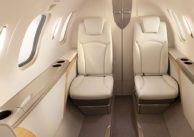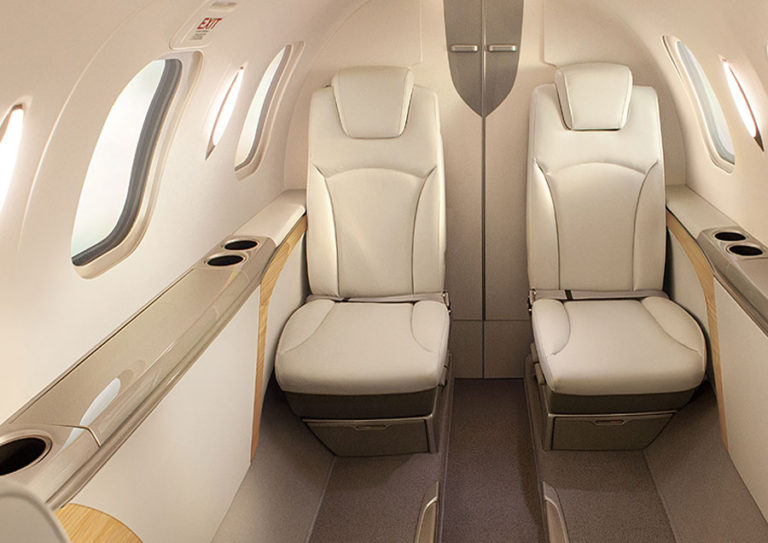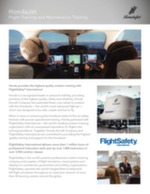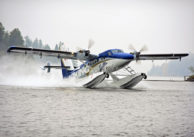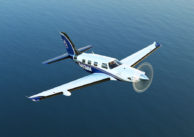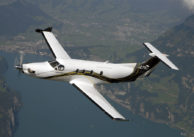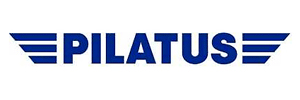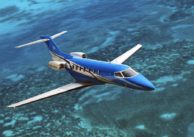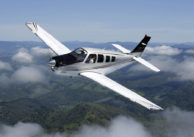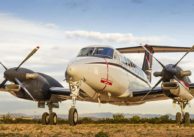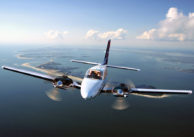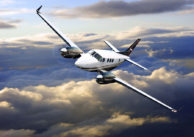Back
Move the engine
A breakthrough in aeronautics, the Over-The-Wing Engine Mount was engineered and proven by Honda after more than 20 years of extensive research and development. This innovative technology not only breaks the conventional mold set by the aerospace industry, but also provides category-leading advancements such as a more spacious cabin, noise reduction, and increased fuel efficiency.
Natural Laminar Flow (NLF), maximizes performance
Advancements in aerodynamics and NLF technology were applied to the design of the main wing airfoil and fuselage nose shape of the HondaJet to reduce aerodynamic drag. This cutting-edge engineering innovation contributes to high cruising speed and increased fuel efficiency.
Lightweight structure, heavyweight performance
Unlike many jets that use aluminum, the HondaJet employs a lighter yet strong composite fuselage. The fuselage is created from a cutting-edge combination of co-cured integral structure and honeycomb sandwich structures.This results in increased cabin space, better performance, and greater fuel efficiency.
Advanced cockpit
The HondaJet cockpit is built for optimum safety based on thoughtful ergonomic design and state-of-the-art situational awareness. First, we give the pilot more space and greater visibility; next, fewer intrusions and more intuition. Our Garmin® G3000 next-generation all-glass avionics system brings pilot and aircraft closer together with touch-screen technology. The dual touch-screen controllers and three 14-inch landscape high-resolution displays offer enhanced navigation, flight planning, and control. The cockpit is unquestionably built around the pilot to enable either single-pilot or dual-pilot operation of the HondaJet.
Hondajet
Move the engine
A breakthrough in aeronautics, the Over-The-Wing Engine Mount was engineered and proven by Honda after more than 20 years of extensive research and development. This innovative technology not only breaks the conventional mold set by the aerospace industry, but also provides category-leading advancements such as a more spacious cabin, noise reduction, and increased fuel efficiency.
Natural Laminar Flow (NLF), maximizes performance
Advancements in aerodynamics and NLF technology were applied to the design of the main wing airfoil and fuselage nose shape of the HondaJet to reduce aerodynamic drag. This cutting-edge engineering innovation contributes to high cruising speed and increased fuel efficiency.
Lightweight structure, heavyweight performance
Unlike many jets that use aluminum, the HondaJet employs a lighter yet strong composite fuselage. The fuselage is created from a cutting-edge combination of co-cured integral structure and honeycomb sandwich structures.This results in increased cabin space, better performance, and greater fuel efficiency.
Advanced cockpit
The HondaJet cockpit is built for optimum safety based on thoughtful ergonomic design and state-of-the-art situational awareness. First, we give the pilot more space and greater visibility; next, fewer intrusions and more intuition. Our Garmin® G3000 next-generation all-glass avionics system brings pilot and aircraft closer together with touch-screen technology. The dual touch-screen controllers and three 14-inch landscape high-resolution displays offer enhanced navigation, flight planning, and control. The cockpit is unquestionably built around the pilot to enable either single-pilot or dual-pilot operation of the HondaJet.








